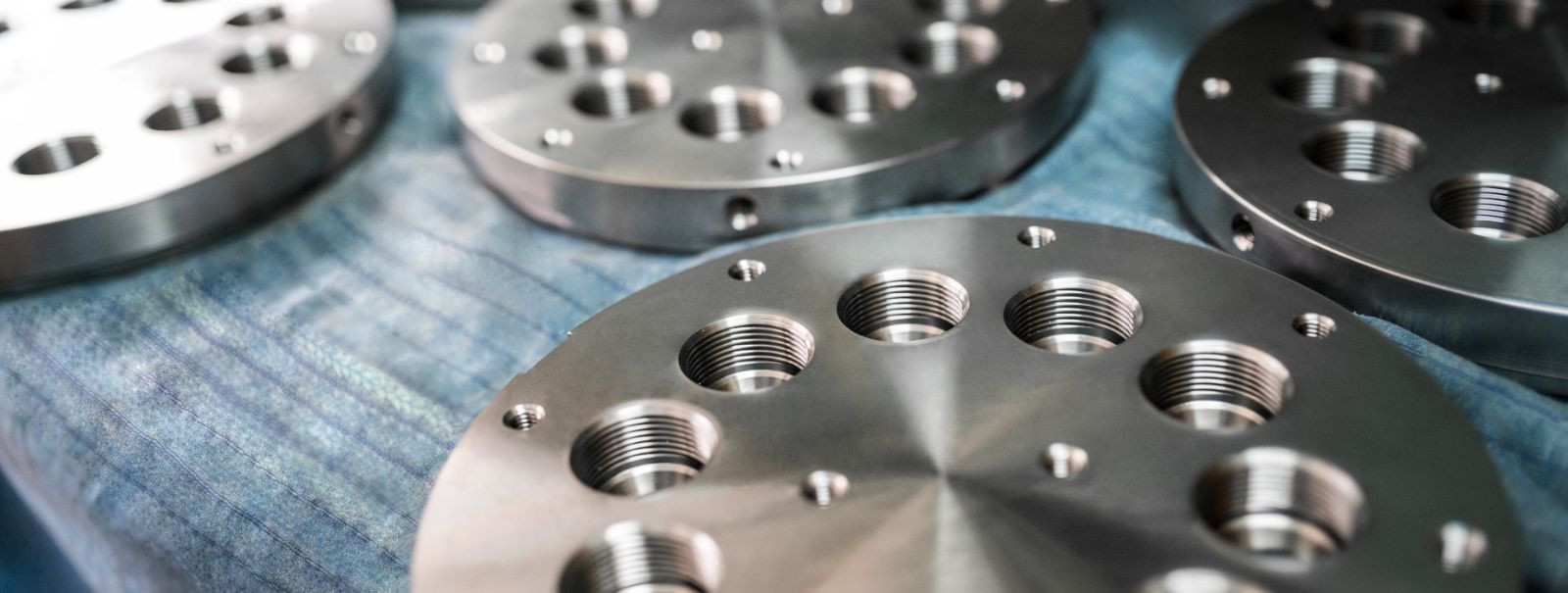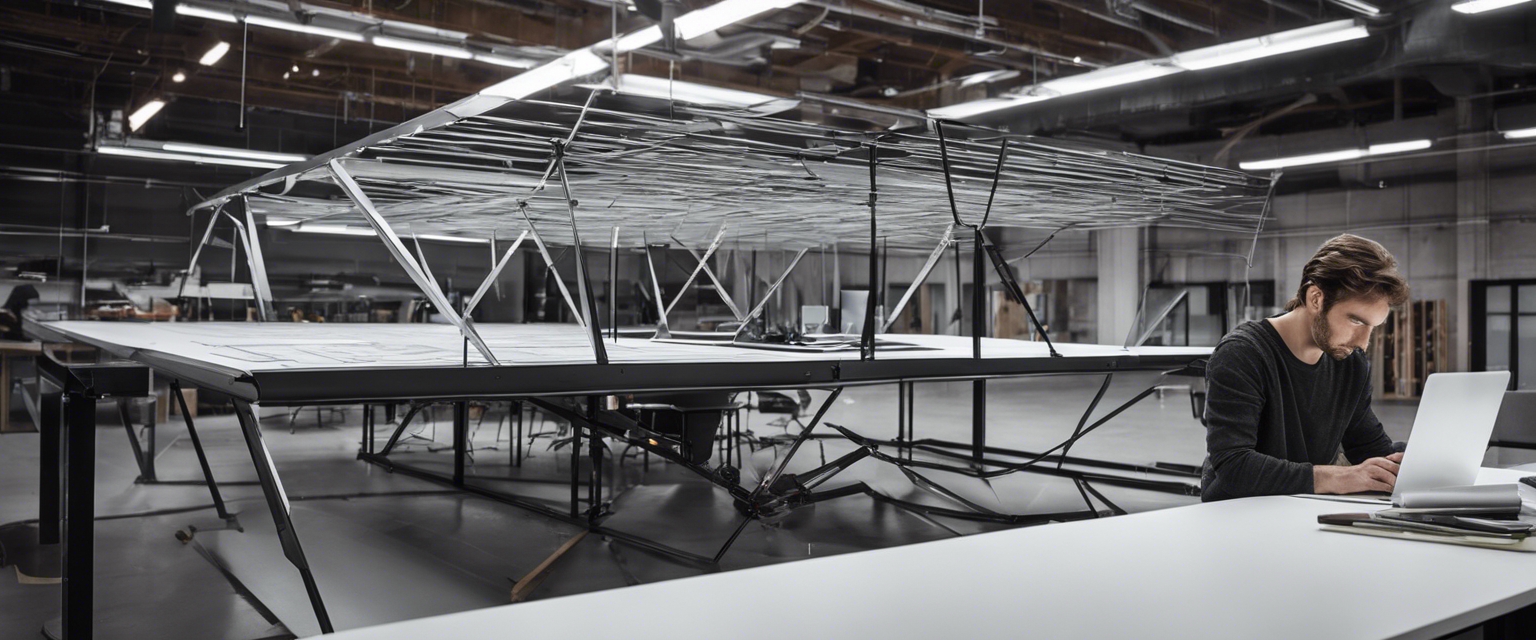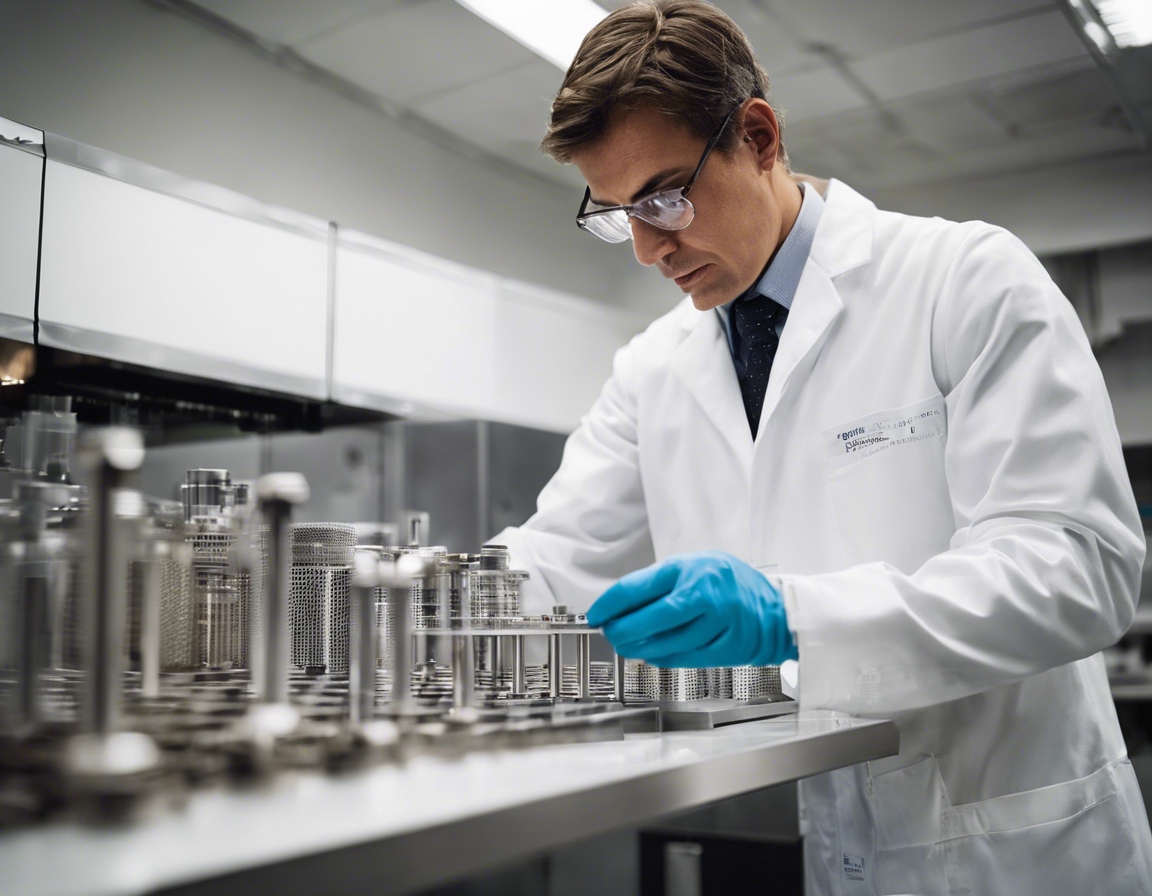The art of precision in metal fabrication
Precision metal fabrication is an art that combines skill, accuracy, and technology to produce metal structures and components with the highest level of detail and quality. It is a critical process for industries that demand exact specifications and robust performance, such as construction, aerospace, automotive, and many others.
Precision in metal fabrication refers to the ability to consistently produce components that meet exacting measurements and tolerances. It involves a combination of skilled labor, advanced machinery, and meticulous planning to ensure that every cut, bend, and weld contributes to the final product's integrity.
For construction companies, architects, engineers, and manufacturers, precision is not just a preference; it is a necessity. The structures and components they require must fit seamlessly into larger systems, withstand environmental stresses, and last for decades. Precision metal fabrication is the foundation upon which the reliability and durability of their projects are built.
The Intersection of Craftsmanship and Technology
Historically, metal fabrication was a craft passed down through generations, with artisans spending years perfecting their techniques. These traditional methods form the bedrock of today's metal fabrication industry, providing a time-tested approach to shaping metal with precision.
While traditional craftsmanship remains vital, modern technology has revolutionized metal fabrication. Computer-aided design (CAD) and computer numerical control (CNC) machines have introduced new levels of accuracy and efficiency, allowing for complex designs that were once impossible to achieve.
Key Processes in Precision Metal Fabrication
Cutting is the first step in the metal fabrication process, and it must be executed with precision. Laser cutting technology provides a high degree of accuracy, capable of making intricate cuts with clean edges and minimal material waste.
Once the metal is cut, it must be formed and shaped to meet specific design requirements. This can involve a range of processes, including bending, rolling, and stamping, each requiring a precise control to maintain the metal's integrity.
Welding is the process of joining two or more pieces of metal together, and it is a critical component of metal fabrication. Precision welding ensures that joins are strong, durable, and free from defects that could compromise the structure.
The finishing process, which may include sandblasting, painting, or coating, is the final step in metal fabrication. It not only protects the metal from corrosion but also provides an aesthetic finish that meets the client's visual expectations.
Materials Matter: Choosing the Right Metal
Different metals have unique properties that make them suitable for various applications. Steel, aluminum, copper, and brass are among the most commonly used metals in fabrication, each offering distinct advantages in terms of strength, weight, and resistance to corrosion.
Choosing the right material is crucial for ensuring that the final product performs as intended. Factors such as environmental conditions, load-bearing requirements, and aesthetic considerations all play a role in material selection.
Quality Control in Metal Fabrication
Quality control is integral to precision metal fabrication. Through various inspection techniques, such as dimensional verification and non-destructive testing, fabricators ensure that each component meets the required standards.
Consistency is key in large-scale production. Implementing rigorous quality control measures at every stage of the fabrication process guarantees that each batch of components is uniform and up to par with client expectations.
Custom Solutions in Metal Fabrication
Every project has unique requirements, and precision metal fabrication allows for customization to meet those specific needs. Whether it's a one-off prototype or a large-scale production run, fabricators can adapt processes to deliver tailor-made solutions.
Prototyping is a crucial step in custom metal fabrication. It allows clients to review a physical model of their component before full-scale production begins, ensuring that the design meets their requirements and functions as intended.






Comments (0)